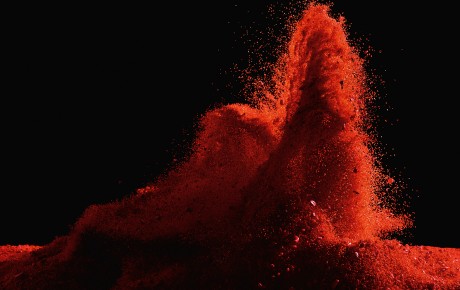
Underwriters adapt to working in the age of crisis management
The use of crisis management consultants in the insurance industry has changed and grown across a wide range of risks, from kidnap and ransom to product recall and cyber attacks.
It is a more complex and dangerous world than when I started out in this business broking kidnap and ransom (K&R) and personal accident risks. But as the world has changed, so too has the suite of products available under the banner of crisis management. Today, when we talk about crisis management you can add product recall, terrorism and, increasingly, cyber. The sheer scope of cover has increased massively, as has the number of corporate and private buyers and the volume of premium coming into the market.
Take terrorism. Back in 2000, the clients I was underwriting for were usually multi-nationals doing business in Sri Lanka where the Tamil Tigers were active, or Colombia which was under pressure from the FARC guerrilla movement. September 11, 2001 shifted that landscape as insurers moved to exclude terrorism cover from property policies and the standalone terrorism market really took off.
The sheer scope of cover has increased massively, as has the number of corporate and private buyers and the volume of premium coming into the market.
It is now common to be writing standalone terrorism cover and not just for property damage but also for business interruption, as well as for more specialist covers such as malicious attack, and strikes, riots and civil commotion.
K&R has also become much less of a niche product than it was and is bought more extensively both in the corporate sector as well as by private individuals. It used to be a basic cover offering reimbursement for the ransom only but the cover has expanded to include additional risks like extortion, illegal detention and bodily injury.
More triggers, more cover
Similarly, product recall has come a long way in the last 20 years. Before the 1990s it did not really exist, but it came of age in the 2000s as companies of all sizes began to realise the reputational risk they were running if a problem with their products exposed their customers. Again, as with K&R, the coverage has developed to include a wide range of triggers and while it’s not necessarily the cheapest option in the crisis management package, it is good value compared to retaining that recall risk on the balance sheet.
Even the most mature product from my early days in the market – personal accident – has evolved.
Even the most mature product from my early days in the market – personal accident – has evolved. Innovation can be tricky but we are seeing new uses of the product to meet risk demand in evolving areas of personal exposure such as space tourism.
Consultancy support
As the products have moved on, however, one of the biggest changes in recent years has been in the extended use of crisis management consultants to help clients manage issues more effectively. Whereas they may primarily have acted in kidnappings, the role of crisis consultants such as Control Risks has changed and expanded across the range of risks as well as offering a global presence for wherever a business is exposed.
Even the larger clients we work with who might have greater internal resources to draw upon, value the external help when things go wrong. Reputation is everything and how a business both manages a crisis and rebuilds after the immediate impact is critical and is an area where crisis consultants can be invaluable.
You cannot compartmentalise a crisis so that should be reflected in how the insurance industry responds.
Clients recognise this in a way they did not even ten years ago, and they also understand the interconnected nature of these risks. It is one reason why we have packaged up all the crisis management insurance products we underwrite at Hiscox under a single crisis management division with the support of Control Risks. You cannot compartmentalise a crisis so that should be reflected in how the insurance industry responds.
Evolving market
Looking ahead (and given the change over the past 30 years), how is crisis management likely to evolve over the coming years? If you think back 10 to 15 years ago there was little use of social media to publicise an incident. Now, if a customer encounters a problem like contaminated food from a restaurant or shop, they have the power to create a huge reputational problem. Few would have foreseen how mass communication would change, so what else could be coming down the track that will have the power to generate a huge risk exposure?
We are back to considering the complexity of the world we live in. Many more businesses have morphed into global brands. Their supply and distribution chains are more complex and interdependent than ever before and when you have complexity, things tend to go wrong. But it is that complexity that continues to make this a great class of business to underwrite. It is probably more mentally challenging than it ever was but it is enjoyable to be tasked with innovating to come up with new solutions. And while we are able to use technology and work with data in a way we never have done before, it is still very much an entrepreneurial and people-focused business.
*****************************
This article was first published by the Insurance Day on 10th February 2021: https://insuranceday.maritimeintelligence.informa.com/ID1135674/Viewpoint-Underwriters-adapt-to-working-in-the-age-of-crisis-management




